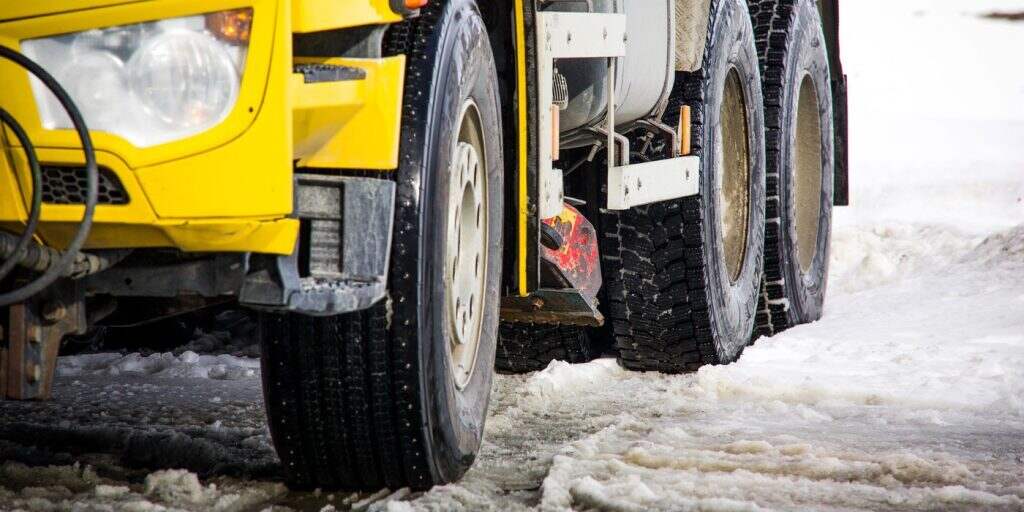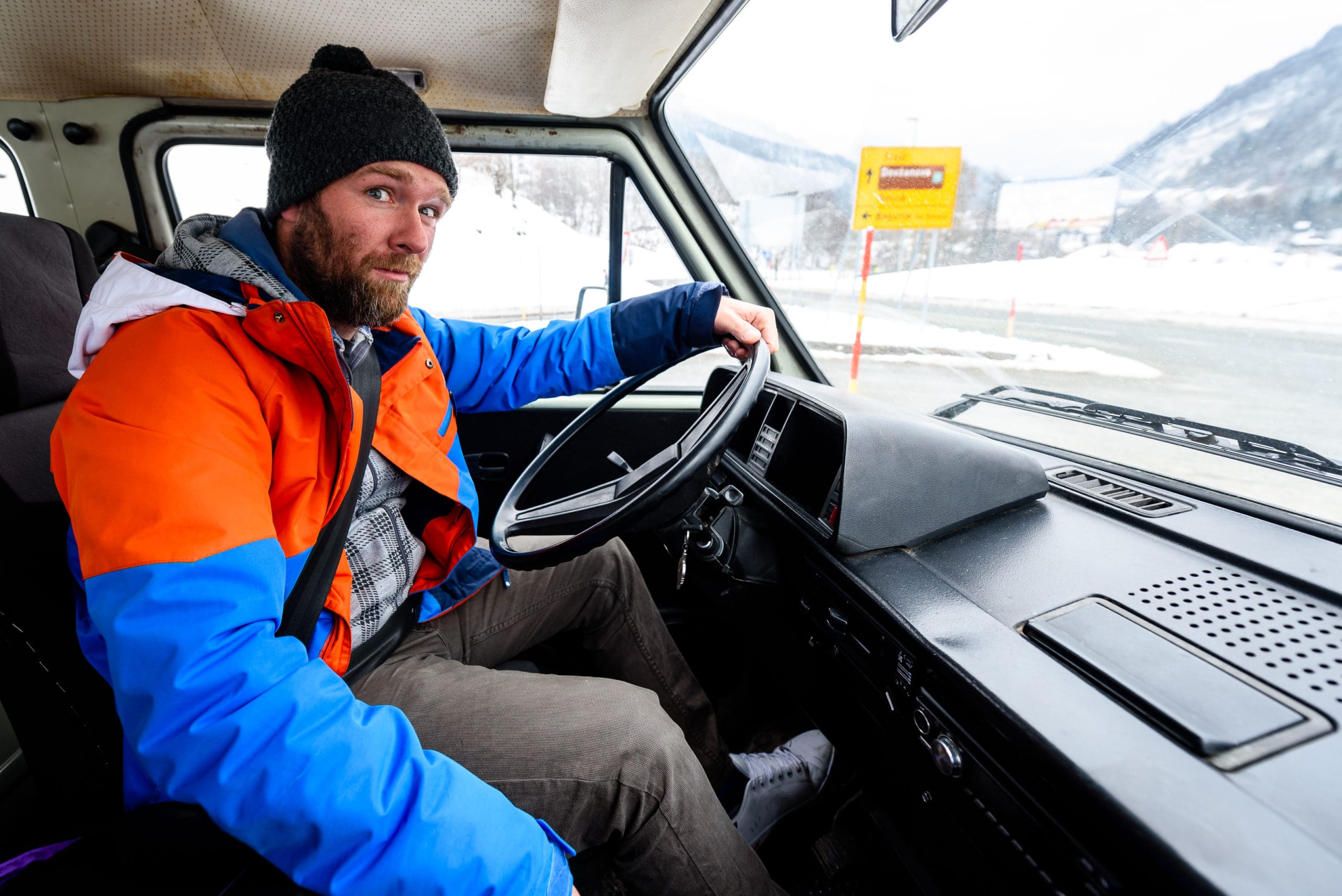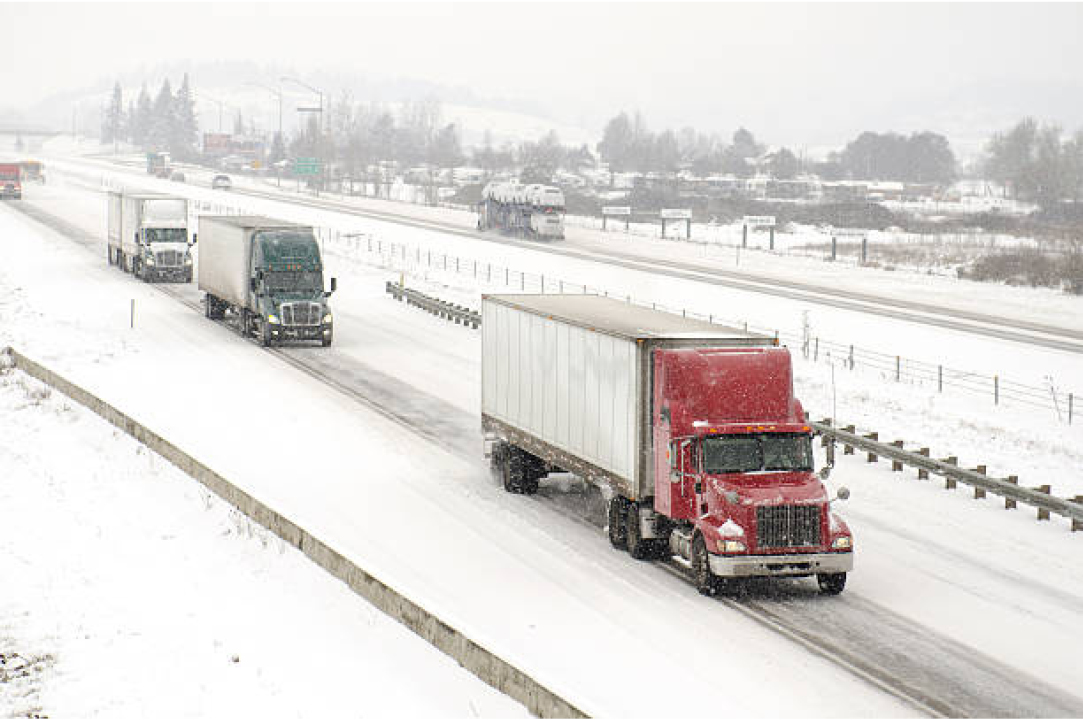Winter driving safety is crucial for every driver. Snow and ice can turn a simple trip into a dangerous adventure. Many underestimate the impact of winter weather on road conditions. This can lead to accidents, injuries, and costly repairs.
Being prepared is key. Knowing how to handle your vehicle in slippery conditions makes all the difference. From checking your tires to keeping an emergency kit, small steps can enhance your safety on the road. Understanding winter driving tips helps you stay in control when the weather gets rough. Don’t let winter catch you off guard—equip yourself with knowledge to navigate safely through the season.
Key Takeaways
-
Always prepare your vehicle for winter by checking the battery, tires, and fluids to ensure they can handle cold conditions.
-
Perform essential vehicle maintenance, such as replacing worn-out wiper blades and ensuring your heating system works effectively.
-
Adjust your driving techniques by slowing down, increasing following distances, and avoiding sudden movements on icy roads.
-
Enhance road visibility by using headlights in snowy or foggy conditions and keeping your windows clear of ice and snow.
-
Know how to handle winter emergencies by carrying a roadside emergency kit that includes blankets, food, and a flashlight.
-
Stay informed about weather conditions and plan your trips accordingly to avoid dangerous situations.
Prepare for Winter Driving

Check Vehicle Condition
Inspecting your vehicle is crucial before winter driving. Start by checking fluid levels. Ensure the oil, coolant, and windshield washer fluid are full. Low fluid levels can lead to engine problems or visibility issues.
Examine belts and hoses next. Look for any signs of wear or damage. Cracks or fraying can cause breakdowns in cold weather. A quick inspection can save you from being stranded.
Test the heating system too. It should blow warm air effectively. A functioning heater keeps you comfortable and helps prevent frost on windows.
Pack an Emergency Kit
An emergency kit is essential for winter travel. Include blankets to stay warm during unexpected delays. Pack non-perishable food and water as well. These items will keep you nourished if stuck for a while.
Add a flashlight with extra batteries to your kit. This helps in low visibility situations. A first-aid kit is also important for minor injuries. Having basic tools can assist with small repairs if needed.
Don’t forget a portable phone charger. Staying connected can be vital in emergencies. Your phone may be your lifeline when help is required.
Plan Your Route
Planning your route ahead of time is wise. Use GPS or maps to find the safest roads for winter conditions. Some roads may be closed or hazardous due to snow and ice.
Check weather forecasts regularly before you leave. This information helps identify potential hazards along the way. Adjust your plans if severe weather is expected.
Share your travel plans with someone before heading out. Letting others know your route ensures someone is aware of your journey. This simple step adds an extra layer of safety.
Essential Vehicle Maintenance

Inspect Tires and Pressure
Tires play a key role in winter driving safety. Verify tread depth regularly to ensure adequate traction on snow and ice. A minimum tread depth of 1/8 inch is recommended for winter conditions.
Check tire pressure frequently. Cold weather can cause tire pressure to drop by 1-2 psi for every 10-degree decrease in temperature. Under-inflated tires can lead to poor handling and increased stopping distances. Rotate tires as needed, usually every 5,000 to 7,500 miles. This promotes even wear and maintains optimal performance.
Ensure Battery Health
Battery health is crucial during winter months. Test the battery voltage before the cold sets in. A fully charged battery should read around 12.6 volts or higher. Replace batteries that are weak or older than three years.
Clean battery terminals to prevent corrosion buildup. Corroded terminals can hinder the vehicle’s ability to start. Keeping jumper cables in your vehicle is wise for emergencies. They can help you jump-start your car if the battery fails.
Check Wipers and Lights
Visibility is essential when driving in winter storms. Replace worn wiper blades to maintain clear vision during heavy snowfall or rain. Blades should be replaced at least once a year, but check them more often during winter.
Ensure all lights are functioning properly before winter arrives. This includes headlights, brake lights, and turn signals. Properly working lights improve visibility for you and others on the road. Use high-quality windshield washer fluid that resists freezing temperatures. This will help keep your windshield clear of ice and grime.
Adjust Driving Techniques

Drive at Safe Speeds
Driving in winter requires careful speed adjustments. Road conditions can change quickly due to snow or ice. Drivers should always adjust their speed according to these conditions and visibility. For example, if visibility is low during a snowstorm, reduce your speed significantly.
Sudden acceleration or deceleration can lead to loss of control. It’s important to apply pressure gradually when accelerating or braking. Respecting posted speed limits is crucial, especially in adverse weather conditions. These limits are designed for optimal driving situations. When conditions worsen, slow down even further.
Maintain Safe Distances
Maintaining a safe distance from the vehicle ahead is vital in winter driving. Increase your following distance to allow for longer stopping times on slippery roads. A good rule of thumb is to give yourself at least six seconds between you and the car in front. This extra space provides time to react if the vehicle ahead suddenly stops.
Anticipating the actions of other drivers is also essential. Slippery conditions can cause unexpected movements. Drivers may brake too hard or swerve unexpectedly. Avoid tailgating to reduce the risk of collisions. Keep an eye on how other vehicles behave, and be ready to adjust your own driving accordingly.
Brake Gently
Braking techniques are critical in icy conditions. Apply brakes gradually to prevent skidding on slick surfaces. Sudden braking can easily cause a vehicle to lose traction. Instead, use gentle pressure on the brakes until you come to a stop.
Using engine braking can help reduce speed smoothly without relying solely on the brakes. This method involves shifting to a lower gear, which slows the car naturally. Avoid abrupt stops that can lead to loss of control. Always plan your stops well in advance, especially when driving downhill or approaching intersections.
Safe driving in winter is not only about having a well-maintained vehicle but also about adjusting your driving techniques. By adapting your speed, maintaining safe distances, and braking gently, you enhance your safety on the road. These strategies will help minimize risks associated with winter weather.
Enhance Road Visibility

Clear Snow from Windows
Drivers must remove all snow and ice from their vehicles before hitting the road. This includes windows, mirrors, and lights. A clear view is essential for safe driving. Use a scraper or defroster to eliminate ice on the windshield. This ensures that you can see clearly in front of you.
Snow can accumulate on the roof of your vehicle as well. If left there, it can slide down while driving. This may block your view or hit another driver. Always check for snow on the roof. Clearing it off helps maintain safety for everyone on the road.
Use Headlights Wisely
Headlights play a crucial role in winter driving safety. Turn them on in low visibility conditions such as snow or fog. This increases your visibility to other drivers. It also helps you see better in poor weather conditions.
Using low beams is important during heavy snowfall. Low beams reduce glare caused by snowflakes reflecting light back at you. High beams can actually blind other drivers in these conditions, creating dangerous situations. Always prioritize using low beams in snowy weather.
Being proactive about road visibility can make a significant difference in winter driving safety. Drivers should ensure their vehicles are ready for harsh conditions. Taking these steps minimizes risks and enhances overall safety on the roads.
Handle Winter Emergencies
Recognize Skid Signs
Drivers must recognize signs of skidding quickly. Common signs include a sudden loss of steering control or the vehicle sliding sideways. If this happens, stay calm. Focus on steering in the direction you want to go. This action helps regain control.
Avoid slamming on the brakes. Braking hard can worsen the skid. Instead, gently ease off the accelerator. This allows the tires to regain traction. Knowing how to react can prevent accidents and keep you safe.
Know When to Call Help
Assessing the situation is crucial during severe weather. If conditions are too dangerous, do not attempt to drive. It’s better to stay put until help arrives.
Contact roadside assistance if you’re stranded. They can provide services like towing or fuel delivery. If your vehicle has issues beyond your skills, seek professional help. Mechanics have the tools and knowledge to fix serious problems.
Being aware of these situations can save time and reduce stress during winter emergencies.
Closing Thoughts
Winter driving safety is crucial for you and your passengers. By preparing your vehicle, maintaining it well, adjusting your driving techniques, enhancing visibility, and knowing how to handle emergencies, you can significantly reduce risks on icy roads. Each step ensures that you’re ready to face whatever winter throws at you.
Don’t wait until the snow starts falling. Take action now to ensure your safety and the safety of others on the road. Stay informed, stay prepared, and drive confidently this winter. Your safety is in your hands—make it a priority!
Frequently Asked Questions
What should I do to prepare my vehicle for winter driving?
Ensure your vehicle is winter-ready by checking the battery, tires, and antifreeze levels. Install winter tires for better traction and keep an emergency kit on hand.
How often should I check my vehicle’s fluids in winter?
Check your vehicle’s fluids at least once a month during winter. Pay special attention to oil, coolant, and windshield washer fluid to ensure optimal performance.
What driving techniques should I use in snowy conditions?
Drive slowly and increase your following distance. Use gentle acceleration and braking to maintain control. Avoid sudden movements to reduce the risk of skidding.
How can I improve visibility while driving in winter?
Keep your headlights clean and use them even during the day. Clear snow and ice from all windows, mirrors, and lights before setting off.
What should I include in a winter emergency kit?
Your emergency kit should include a blanket, flashlight, first aid supplies, non-perishable food, water, and basic tools. Also, add a shovel and jumper cables for added safety.
How do I handle a skid on icy roads?
If you skid, stay calm. Steer into the direction of the skid and avoid slamming on the brakes. This helps regain traction and control of the vehicle.
When is it necessary to stay off the roads during winter?
Stay off the roads during severe weather warnings or when snow accumulation makes driving hazardous. Prioritize safety over travel to avoid accidents or getting stranded.
Not what you were looking for? Tuber Towing also offers the following services:
Stuck in Edmonton? Here are Tuber Towing’s top resources in the area:
City of Edmonton
Hotels in Edmonton
Restaurants in Edmonton
Things to Do in Edmonton
Edmonton Better Business Bureau
